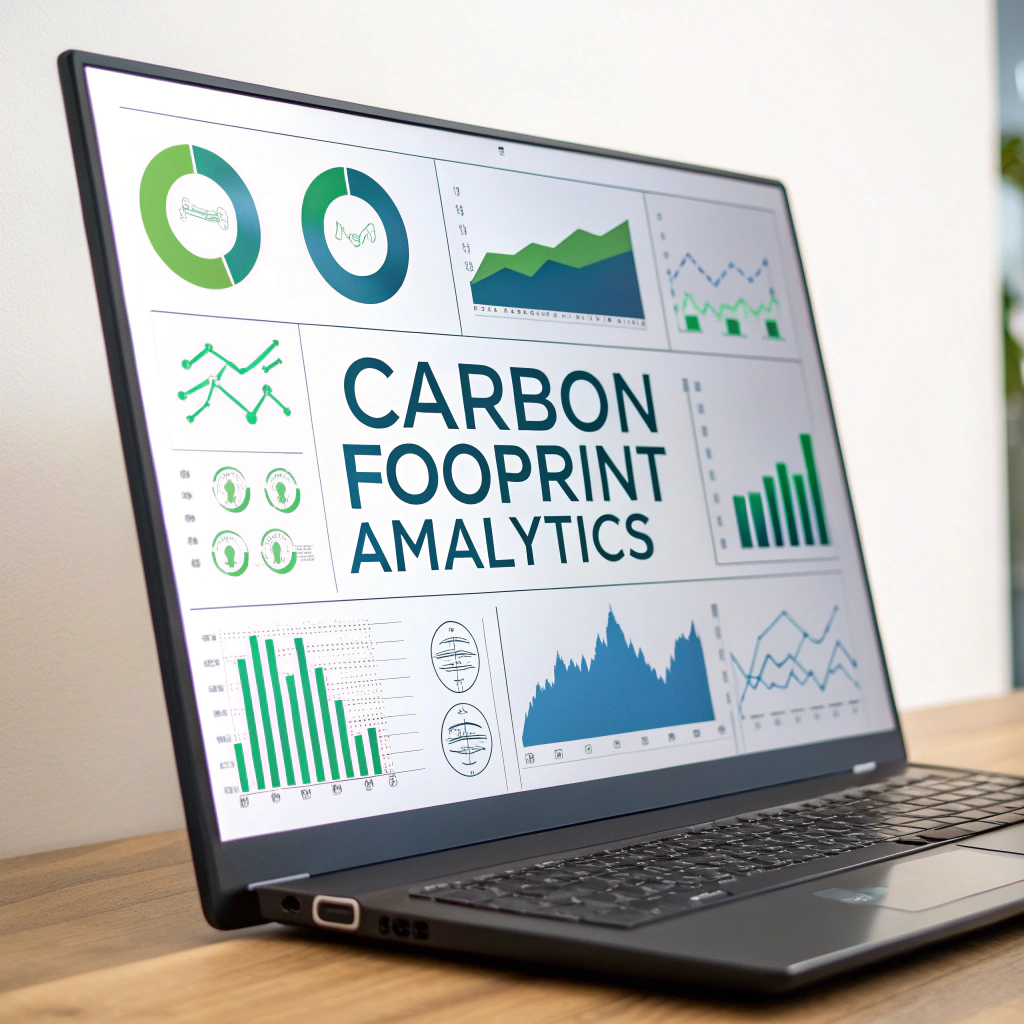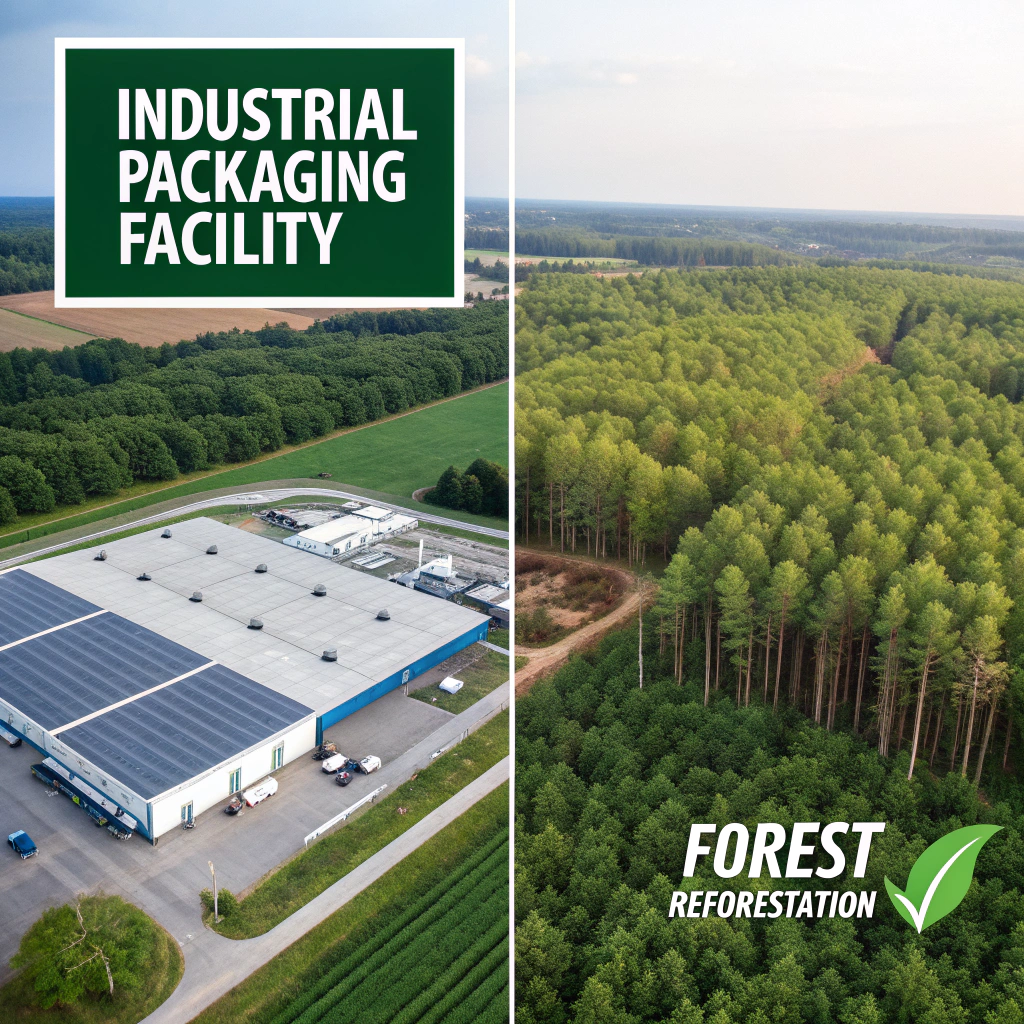Carbon-Neutral Packaging
As environmental concerns intensify and consumers become increasingly eco-conscious, businesses are seeking ways to minimize their carbon footprint. Carbon-neutral packaging represents a significant opportunity for companies to demonstrate environmental responsibility while meeting consumer expectations for sustainable products.
Understanding Carbon-Neutral Packaging
Carbon-neutral packaging means that the total greenhouse gas emissions produced during the packaging lifecycle are balanced by an equivalent amount of carbon removal or offsetting. This includes emissions from raw material extraction, manufacturing, transportation, use, and end-of-life disposal or recycling.
The journey to carbon neutrality begins with accurate measurement of your current carbon footprint, followed by strategic reduction efforts, and finally offsetting any remaining emissions through verified carbon credit programs.

The carbon lifecycle of packaging includes emissions from raw materials through disposal and recycling
Measuring Your Packaging Carbon Footprint
Accurate measurement is the foundation of any carbon-neutral strategy. Companies must conduct comprehensive lifecycle assessments (LCAs) that evaluate emissions at every stage of the packaging process. This includes:
- Raw Material Extraction: Emissions from harvesting or producing packaging materials
- Manufacturing: Energy consumption and emissions during production
- Transportation: Fuel consumption for shipping materials and finished products
- End-of-Life: Emissions from disposal, recycling, or composting
Advanced software tools and third-party assessments can help companies quantify their packaging carbon footprint with precision. Many organizations use internationally recognized standards like ISO 14040 and ISO 14044 to ensure accuracy and credibility.

Digital tools help companies track and analyze their packaging carbon footprint with detailed analytics
Reduction Strategies Before Offsetting
Before purchasing carbon offsets, companies should prioritize reducing their actual emissions. Effective reduction strategies include:
Material Optimization: Choosing renewable, recycled, or biodegradable materials with lower carbon footprints. For example, switching from virgin plastic to recycled content can reduce emissions by up to 70%.
Design Efficiency: Reducing packaging size and weight decreases transportation emissions. Right-sizing packages and eliminating unnecessary materials can significantly lower carbon footprint.
Local Sourcing: Sourcing materials and manufacturing locally reduces transportation emissions and supports regional economies.
Renewable Energy: Transitioning to renewable energy sources for manufacturing facilities can dramatically reduce carbon emissions.
Supply Chain Optimization: Streamlining logistics and consolidating shipments reduces transportation-related emissions.
Carbon Offsetting Programs
After maximizing reduction efforts, companies can achieve carbon neutrality through verified offset programs. High-quality offsets should be:
- Additional: Wouldn’t have happened without carbon finance
- Permanent: Provide long-term carbon storage
- Verified: Certified by recognized standards like Gold Standard or Verified Carbon Standard
- Measurable: Quantifiable emission reductions
Popular offset types include reforestation projects, renewable energy installations, and methane capture programs. Companies should choose projects aligned with their values and business objectives.

Carbon offsetting combines emission reduction technologies with natural solutions like reforestation
Communicating Your Carbon-Neutral Achievement
Transparent communication about carbon-neutral initiatives builds consumer trust and brand loyalty. Companies should clearly explain their measurement methodology, reduction efforts, and offset programs. Third-party verification adds credibility to carbon-neutral claims.
Avoid greenwashing by providing detailed information about your carbon neutrality journey. Consider displaying carbon-neutral certifications on packaging and marketing materials to help consumers make informed choices.
The Business Case for Carbon-Neutral Packaging
Beyond environmental benefits, carbon-neutral packaging offers compelling business advantages. Companies report increased customer loyalty, improved brand reputation, and access to environmentally conscious market segments. Additionally, many corporations now require carbon-neutral packaging from their suppliers, making it a competitive necessity.
Conclusion
Achieving carbon-neutral packaging requires commitment, investment, and strategic planning. By accurately measuring emissions, implementing reduction strategies, and utilizing high-quality offset programs, companies can significantly reduce their environmental impact while meeting consumer expectations for sustainable products. As climate change concerns intensify, carbon-neutral packaging will become increasingly important for business success and environmental stewardship.
At Imperial Paper, we help businesses of all sizes design packaging that protects, performs, and delights. From sturdy shipping boxes to branded unboxing experiences, we’ve got you covered.
📞 Talk to our team or explore our eco-friendly, customizable packaging solutions today.
Need smaller quantities or more personalized packaging options? Visit our partner site BestBoxStore.com—perfect for boutique brands, creative campaigns, and custom low-volume orders.
